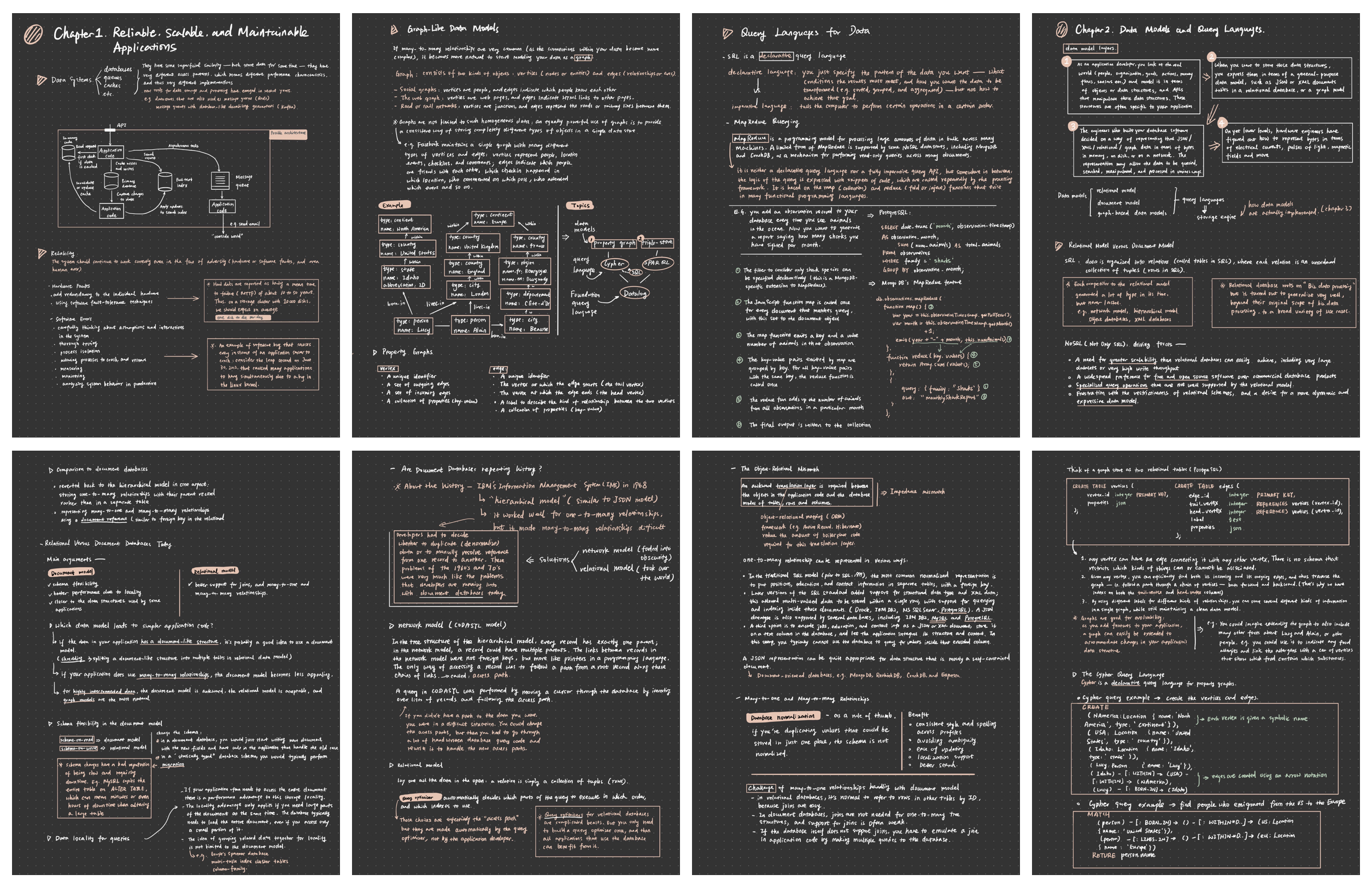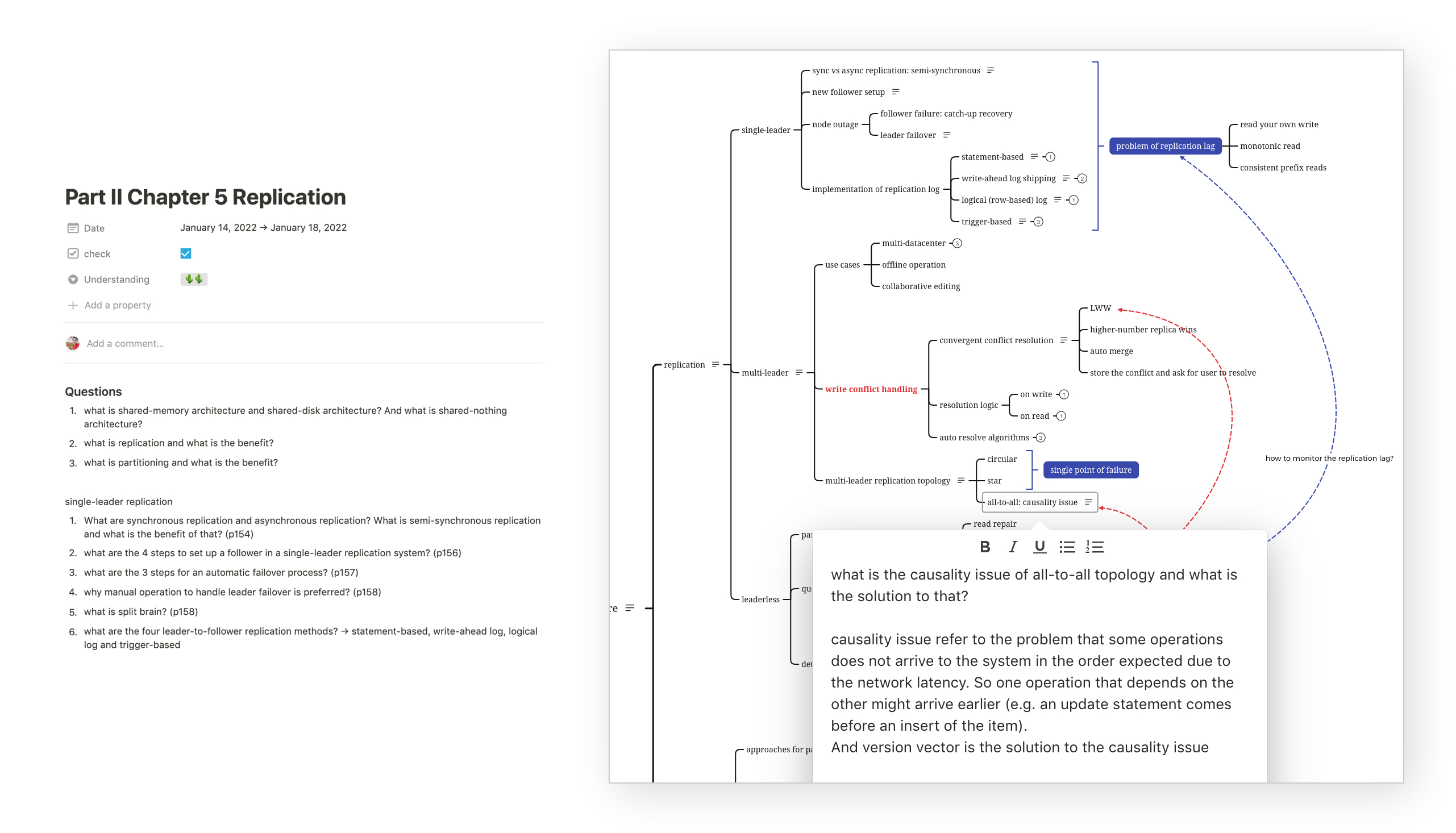There’s an old Chinese saying: sharpening your axe will not delay your job of chopping wood. I didn’t have a clear idea about effective learning until I encountered some popular YouTube videos posted by a YouTuber. I realized how ineffective my learning method was and how much time I have wasted because of that. So I decided to improve my learning strategy. In this post I am going to do some reflection and summarize the points.
Ineffective learning methods
1. Highlighting
I have a lot of highlighters on my desk and I always feel good of a textbook full of notes and highlights. It somehow ‘demonstrates’ that I have devoted time and effort to ‘studying the textbook’. However this is not an effective learning strategy according to the research. In this way, we are taking in the knowledge passively and spending the least amount of energy to process and digest the content.
2. Taking notes by copying
Personally I feel taking notes by simply copying the context sometimes helps in better understanding the content. It helps me to concentrate and think step by step while I was writing things down slowly. However just taking notes will not help us to memories the content better and we can easily forget about what we have learnt some time after because of the forgetting curve.
3. Repetitive reading
It looks like that we are making progress while repetitively reading the same content over and over again. It does helps in creating long term of memory of the content however not that effectively according to research.
The above three methods are the very common ones we adopt in our study routine. However they are not the most effective ones. We do that because it is easy to follow and consume less energy from us. But research shows that more resistance our brain feels while we are studying, more effective we actually are. The above-mentioned methods make us feel that our learning experience is easy like breeze, however our brain muscle is not really being trained.
So here comes the effective learning methods.
Effective learning methods
1. Active Recall
Research shows that nothing beats the power of ‘test’ in learning. One test results in better effectiveness than repetitively reading for four times.
2. Spaced Repetition
This is all about the forgetting curve. Forgetting is inevitable, but we can play around with the forgetting curve to transform the short-term memory to long-term memory. The key point is ‘repetition’ and repeated in a deliberately planned time intervals. If you try to revise the knowledge right after you finish your learning, you still have a fresh memory on that and the the revision activity will not be very effective. A better strategy is to test yourself after some time when you already start forgetting. In this case your brain needs to work harder so that it is exercised more. Revision should be cognitively demanding!
3. Categorization
Creating a knowledge mind map can greatly help us to memorize the information and knowledge. If you have a good idea of the overall picture and information structure, you can better related new knowledge to the existing one.
4. Interleaving
Research shows that switching context of study from time-to-time helps our brain to process and memorize information better. Similar to the spaced repetition strategy, we can smartly plan our study to make or brain works most effectively. It is proven that spread your learning over a period of time works better than binge-learning. For example, instead of studying 1 subject each day and complete 5 subjects in a week, you can interleave 2 or 3 subjects every day.
5. Progressing
Strictly-speaking this is not a learning strategy but a general way to motivate people to persist. This method has been mentioned in books and article talking about self-discipline and habit building. This is simply to make a check list and check on it in a regular bases.
How to apply it in practice
Theoretical methods are discussed above, but how to apply them in practice. I tried to practice as much as I could in my last 3 months learning journey. Taking this as an example, there’s a list of actions items that we can take following the effective learning methods.
I read part of the popular tech book Design Data-Intensive Applications two years ago. I actually spend a lot of time reading it in detail, not just glanced through, however I can barely remember what I have learned from that. Early this year, I took out this book and plan to study it again. Then I reflected on my learning methods and realized that I was learning using the least effective methods.
Before you start the learning journey
- make your study plan
[Spaced Repetition and Interleaving]- create your progress check-in sheet
[Progressing]
Before start the learning journey, plan it well. It is important to understand the structure of the study topic and come up with a scheduled study plan. This helps in two ways. First it helps you to categorize the information, as said that ‘categorization’ is one of the effective learning strategies. Secondly the visualization of the making progress by checking on the study plan helps to motivate us and encourage us to persist in our learning journey.

In progress
- take note in the format as questions, then answer the questions in your own words
[Active Recall]- create a mind map and attach the questions and answers to the branches of the map
[Active Recall and Categorization]
When I was reading the book, What I did was to take a lot of notes by copying the content from the book while reading it, and kept reading the first few chapters as I kept forgetting what I have learnt. See how much notes I have taken and they looks so pretty, yet so useless.

The new approach I adopted is to
1) do not take notes by copying from the book, but list out the questions that you think you should be able to answer after studying the book
2) draw the mind map of a chapter and attach the questions and answer to the branches of topics on the map.

After the learning
- revise Anki card
[Active Recall and Spaced Repetition]- shuffle the topics when revising the Anki card
[Interleaving]- take quiz if possible or test yourself
[Active Recall]- share your learning by writing an article, preparing presentation slides or creating a video
[Active Recall]- teach others
[Active Recall]
While I talked about the improved learning strategy above, I still need to fight against the forgetting curve. A powerful tool recommended is Anki card. I created decks of flashcards that contains the questions and answers I summarized from the book and revise them from time to time. This really helps a lot. I have gone through tons of interviews in the recent two months, from online assessment quiz and face-to-face interview on CS fundamentals and system designs. A lot of the questions were covered by the DDIA’s topic (application architecture, network protocols, data storage engine, replication and partitioning, transaction and distributed system). I found that I can provide sound answers to most of them as I really grasp the knowledge.

The best way to make sure that you have mastered the knowledge, is to share the knowledge and teach. So here I am. I decided to clear the dust of my blog and started to write more on tech!

